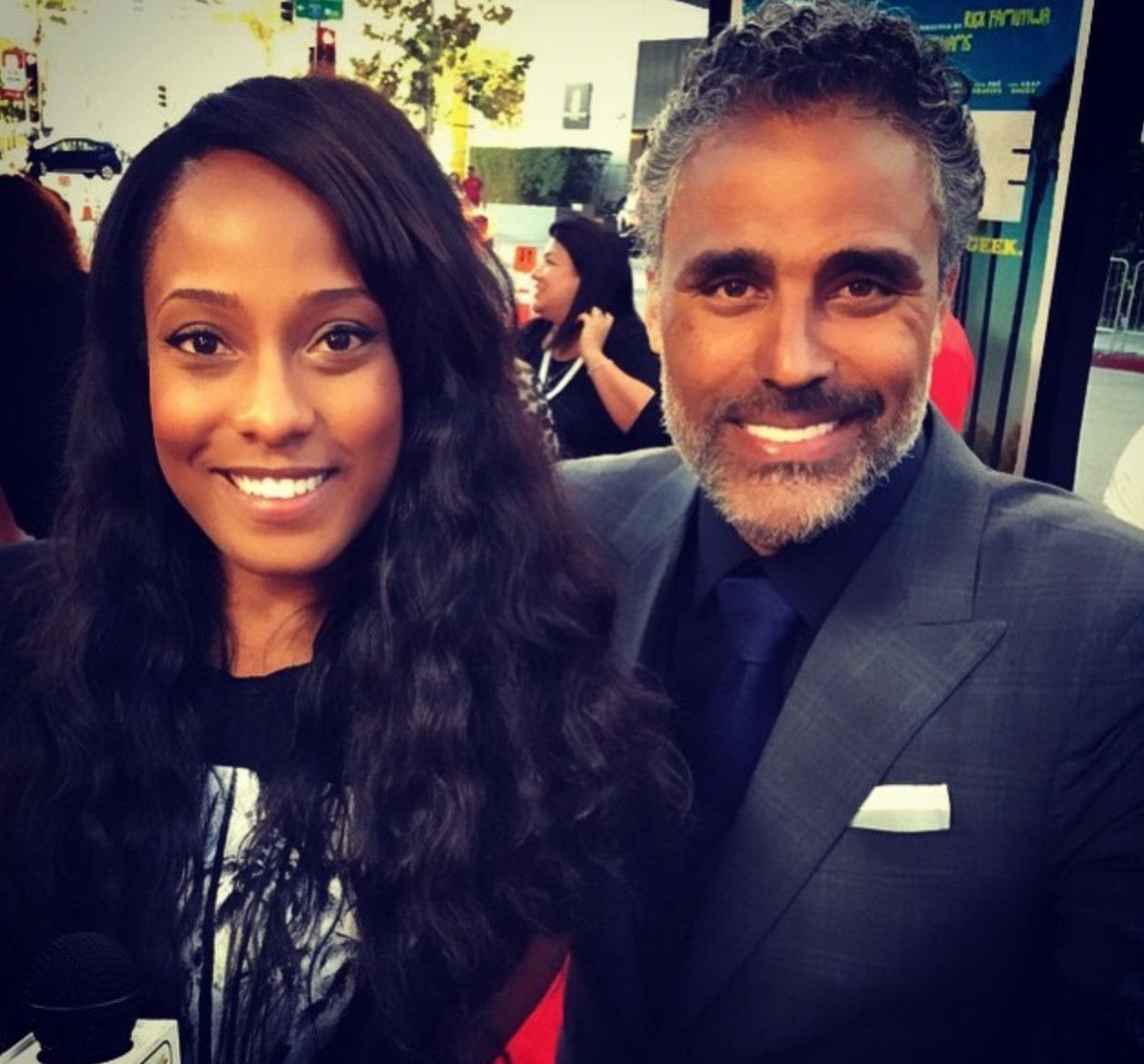Public Relations in Sports: Elevating Athletes and Events to New Heights
Public relations (PR) in sports is an essential component for athletes, teams, and sports organizations looking to build and maintain a positive public image. This specialized branch of PR focuses on promoting sports personalities, managing their reputations, and engaging with fans and the media to create a robust and positive presence. Whether you're an athlete seeking to enhance your brand, a sports team looking to boost fan engagement, or an event organizer aiming to maximize visibility, understanding the nuances of PR in sports is crucial.
What is Public Relations in Sports?
Public relations in sports encompasses the strategies and tactics used to promote and protect the image of athletes, sports teams, and organizations. It involves managing communications between the sports entity and its various stakeholders, including fans, sponsors, media, and the general public. The goal is to create a positive perception, manage crises, and build a strong, lasting connection with the audience.
Key Components of PR in Sports
- Media Relations: Building and maintaining relationships with journalists and media outlets to secure coverage and manage the narrative around sports entities.
- Crisis Management: Handling negative incidents or scandals effectively to protect and restore the reputation of athletes or organizations.
- Brand Building: Developing and promoting a strong personal or team brand through consistent messaging and strategic initiatives.
- Fan Engagement: Creating and nurturing relationships with fans through social media, events, and other interactive platforms.
- Sponsorship and Partnerships: Leveraging relationships with sponsors and partners to enhance visibility and financial support.

The Role of PR in Sports
Enhancing Athlete PR
Athlete PR is a critical aspect of sports public relations, focusing on individual athletes' personal branding and media presence. For athletes, a strong PR strategy can mean the difference between being a local hero and an international superstar. Here’s how PR enhances athlete profiles:
Personal Branding: Crafting a unique and compelling personal brand that resonates with fans and sponsors.
Media Exposure: Securing media coverage through interviews, features, and appearances on various platforms.
Social Media Management: Maintaining a strong and engaging social media presence to connect with fans directly.
Reputation Management: Addressing any negative publicity swiftly and effectively to maintain a positive image.
Boosting Sports Publicity
Sports publicity involves promoting sports events, teams, and organizations to generate interest and increase attendance or viewership. Effective sports publicity can transform an under-the-radar event into a widely recognized and attended spectacle. Key strategies include:
Event Promotion: Utilizing media relations and marketing tactics to promote upcoming sports events.
Content Creation: Developing engaging content such as press releases, articles, and videos to highlight the excitement and significance of sports events.
Community Engagement: Involving local communities and fans through outreach programs and interactive activities.
Why is PR in Sports Helpful?
Building a Positive Image
In the highly competitive world of sports, maintaining a positive public image is paramount. PR professionals work tirelessly to ensure that athletes and teams are viewed favorably by the public. This involves crafting positive narratives, highlighting achievements, and mitigating any negative incidents that may arise.
Enhancing Fan Loyalty
Fans are the lifeblood of sports. PR efforts aimed at engaging with fans and building strong connections can significantly enhance fan loyalty. This can be achieved through social media interactions, fan events, and exclusive content that makes fans feel closer to their favorite athletes and teams.
Attracting Sponsorship and Endorsements
A well-managed PR strategy can make athletes and teams more attractive to sponsors and endorsement opportunities. Sponsors are more likely to invest in individuals and organizations with a positive image and a strong following. Effective PR ensures that athletes and teams are presented in the best possible light to potential sponsors.
Managing Crises Effectively
In the world of sports, crises are inevitable. Whether it's an athlete’s off-field misconduct or a team's poor performance, PR professionals are equipped to handle these situations with tact and efficiency. Effective crisis management can help mitigate damage, restore reputations, and ensure that the focus remains on the positive aspects of the sport.
Increasing Media Coverage
One of the primary roles of PR in sports is to secure media coverage. Positive media coverage can significantly enhance the visibility of athletes, teams, and events. PR professionals work closely with media outlets to ensure that their clients receive the attention they deserve, whether through interviews, feature articles, or news coverage.
Driving Revenue
Ultimately, effective PR in sports can drive revenue. By increasing visibility, enhancing fan engagement, and attracting sponsorships, PR efforts contribute to the financial success of athletes and sports organizations. This can lead to increased ticket sales, merchandise purchases, and overall profitability.
The Future of PR in Sports
The landscape of PR in sports is continually evolving, with new technologies and platforms shaping the way public relations are conducted. Here are some emerging trends:
Digital and Social Media
The rise of digital media and social platforms has revolutionized sports PR. Athletes and teams can now communicate directly with fans, bypassing traditional media channels. This direct engagement has created new opportunities for personal branding and fan interaction.
Influencer Partnerships
Collaborating with influencers and social media personalities is becoming a popular strategy in sports PR. These partnerships can help reach new audiences and enhance the visibility of athletes and events.
Virtual and Augmented Reality
Virtual and augmented reality technologies are opening up new possibilities for fan engagement. From virtual meet-and-greets with athletes to immersive event experiences, these technologies are set to play a significant role in the future of sports PR.

Final Thoughts
Public relations in sports is an indispensable tool for athletes, teams, and organizations looking to build a positive image, engage with fans, and drive revenue. By leveraging media relations, crisis management, brand building, and fan engagement strategies, PR professionals ensure that their clients shine both on and off the field. As the landscape of sports PR continues to evolve, staying ahead of trends and embracing new technologies will be key to maintaining a competitive edge in this dynamic industry.
Whether you're an aspiring athlete looking to boost your profile or a sports organization aiming to enhance your publicity efforts, investing in professional PR services can make a significant difference. The benefits of a well-executed PR strategy are clear: increased visibility, enhanced reputation, stronger fan connections, and ultimately, greater success in the world of sports.


Copyright 2021


